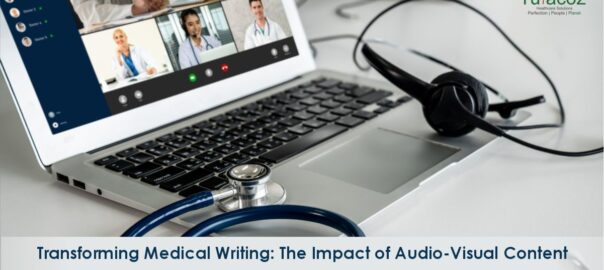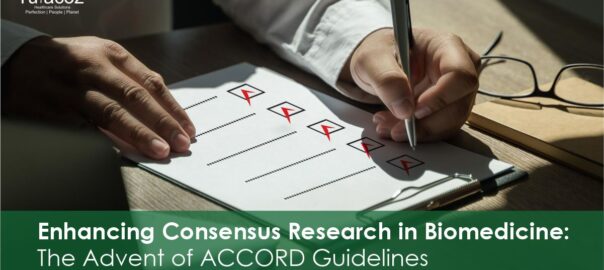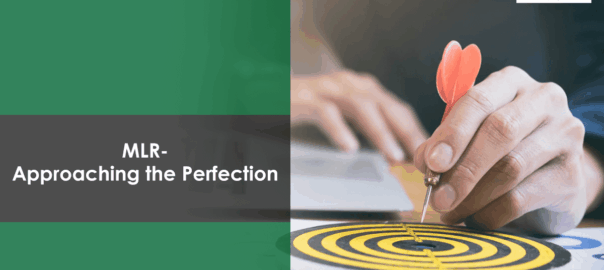In medical communications, the traditional reliance on text-heavy documents is undergoing a transformative shift. The rising surge of audiovisual (AV) deliverables has introduced a dynamic and engaging way to disseminate medical information, making complex medical concepts more informative, accessible, and understandable. This blog delves into how AV content revolutionizes medical writing, enhancing patient education, professional training, and overall communication within the healthcare industry.
Why AV?
Interestingly, the power of AV content lies in its ability to convey information through multiple sensory channels. Unlike text, which demands focused reading, AV materials combine visual elements, narration, and sometimes even interactive components to create a multifaceted learning experience. This multisensory approach caters to various learning styles, increasing the likelihood that the message will be effectively absorbed and retained.
AV in Medical Writing
Patient Education: AV podcasts can demystify medical conditions, treatments, and procedures. By visually illustrating how a medication works within the body or what to expect during a surgical procedure, patients can gain a clearer understanding, alleviating anxiety and empowering them to make informed healthcare decisions.
Professional Development: For healthcare professionals, AV materials serve as an invaluable tool for continuous learning. Whether a detailed surgical technique video, a webinar on the latest clinical trial findings, or an interactive e-learning module, an AV content ensures staying abreast of medical advancements without the constraints of geographic and time barriers.
Public Health Campaigns: AV announcements for public service can communicate health risks and preventive measures more effectively than conventional pamphlets or posters. During public health emergencies, such as the COVID-19 pandemic, AV materials played a crucial role in rapidly disseminating vital information to the public at large.
Click Here:- Enhancing Consensus Research in Biomedicine: The Advent of ACCORD Guidelines
Crafting Effective AV Deliverables
Creating impactful AV content in medical writing involves more than just technical knowledge; it requires an understanding of storytelling, visual design, and audience engagement. Here are some key considerations:
- Clarity and Accuracy: Medical information must be presented clearly and accurately, avoiding medical jargon when targeting non-professional audiences.
- Engagement: Utilizing storytelling techniques, such as patient narratives or hypothetical scenarios, can make the content more relatable and engaging.
- Visuals: High-quality visuals, including animations, diagrams, and real-life footage, can enhance understanding, especially for complex mechanisms or procedures.
- Accessibility: Ensuring that AV materials are accessible to all individuals is crucial. This includes providing captions, and audio descriptions, and ensuring compatibility with assistive technologies.
The integration of AV deliverables into medical writing represents a significant leap forward in healthcare communication. It’s about more than just keeping pace with digital trends; it’s about enhancing the clarity, impact, and accessibility of medical information.
Turacoz is Here!
As a leading healthcare communications agency, Turacoz Healthcare Solutions is at the forefront of this movement, offering innovative solutions and education through its medical writing services and online healthcare certificate programs.
If you are intrigued by the world of medical writing and eager to learn how to create various AV deliverables, explore our “Comprehensive Certificate Course in Medical Writing.” Start your journey towards becoming a skilled medical writer today. Join us in shaping the future of medical communication, where every piece of content—written, spoken, or visualized—makes a difference.
Reach out to us at [email protected] and elevate your expertise now!
Registration link: https://forms.office.com/r/uieHuZu52q










